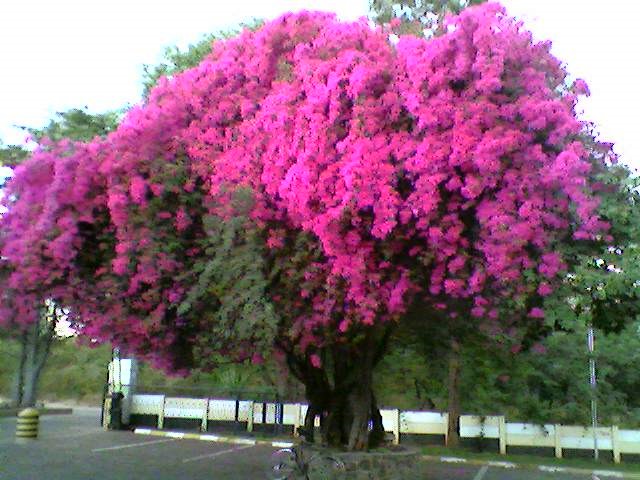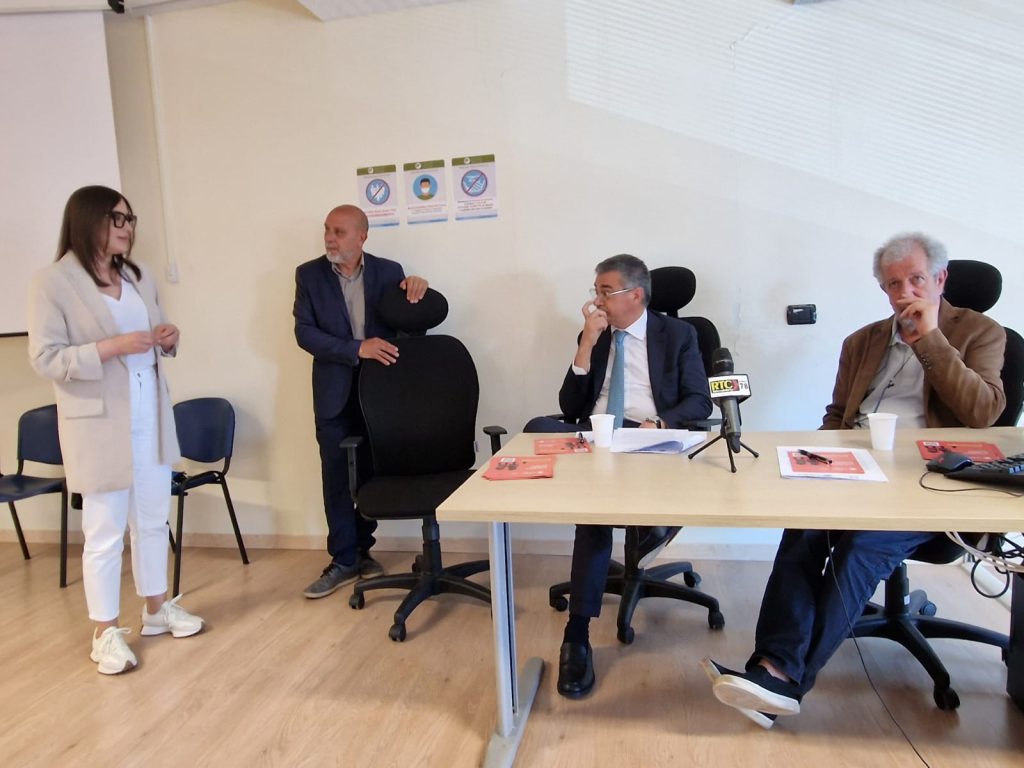by Cleto Corposanto –
Traveling is above all an opportunity for thought. An act of meditation before action. Cognitive, motivational, rational, emotional data flow into the thought of the journey (including also those thoughts that incorporate any travel concerns, which can be minimized from the objective point of view but can persist from the subjective point of view). So that travel is a real test that we undergo for many different reasons.
This is what I was thinking of when, with a bit of bitterness, I was about to leave South Africa with a flight: a beautiful country, 11 official languages - corresponding to the various ethnic groups that populate the country – all reported on the plates of the government buildings (Zulu, Xhosa, Afrikaans the most common, in addition to English, “lingua franca”) which also gave me the opportunity to visit one of its enclaves, the kingdom of Lesotho suspended between earth and sky. But the departure is one of those magical moments when you find yourself reflecting on what you are doing, you realize that there are a thousand alternatives among which you are choosing one in particular, taking that road, getting on that ship , taking that plane. And my choice was made. A plane would take me from Durban – via Johannesburg – to Zimbabwe, more precisely to the airport which has the international acronym VFA: Victoria Falls Airport. So off we go to Zimbabwe.
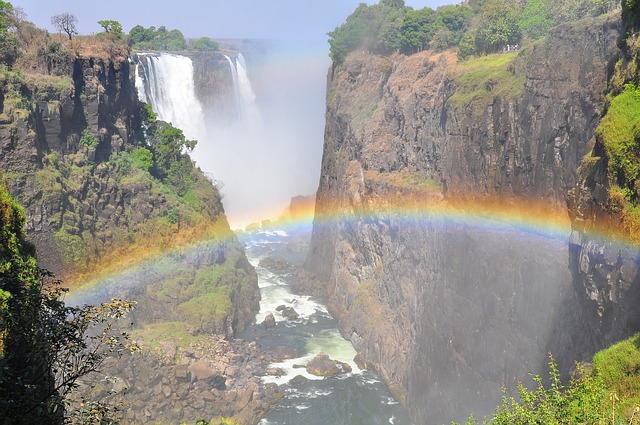
Victoria Falls are an unmissable sight, full of a fascinating history. The first inhabitants of the area surrounding the Falls were almost certainly the Khoisan, a hunter-gatherer people, followed by the Tokaleyas, who called the Shongwe waterfalls. Subsequently, the Ndebele called it aManz’aThunqayo, and the Makololo Mosi-oa-Tunya, which literally means “the smoke that thunders”. And you also understand why: just landed, along the road that takes us to the hotel by taxi, you begin to see in the distance the effect of the large mass of water which, falling, causes the characteristic damp fog towards the sky, accompanied by background noise that really resembles thunder in the distance.
The first European to visit the falls was David Livingstone, on his journey – which lasted about 4 years, from 1852 to 1856 – to travel the Zambezi River to its mouth: Livingstone arrived in the area of the falls on November 17, 1855. He also reached the small island located in the middle of the river, just before the jump, which divides two of the cascades of the waterfall, and which today is called Livingstone Island. After the discovery, Livingstone returned to the area a few years later, in 1860, together with John Kirk, to carry out more in-depth studies on the site. But on this great explorer we will return later.
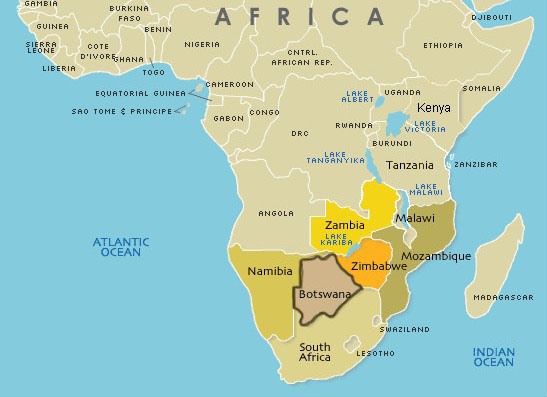
Victoria Falls are located in a truly unique area: in addition to belonging to two different nations (Zimbabwe, in fact, and Zambia), they are actually at the center of an incredible geographical crossroads that sees two other nations also cross there, Botswana and Namibia. A truly magical place. A border post, and as in all border posts things mix, cultures intertwine, is the triumph of interchangeable things, which depend on each other. Living and getting to know people, we quickly learn that no one says of themselves that they are from Zimbabwe (just as they previously did not say they were from southern or southern Rhodesia, as this country was called until the early 1980s): here mostly it is Shona (the ancient tribe that has always inhabited this land) or Ndebele (the tribe that settled around 1840, coming from the South). Today, 16 different languages are official in today’s Zimbabwe, including English and some dialects of the Khoisan matrix. The waterfalls are a sight that deserves a visit alone: a wonderful jump that can be admired in full from a frontal perspective that enhances its magnificence. They kidnap me for a whole day, spent walking in the vast area that surrounds them. Huge jumps, showers, streams and rocks of disconcerting beauty. And then the people. Wonderful people, that of Zimbabwe, people proud of their roots and great hospitality. But, as mentioned, we are in a crossroads of great interest. And we do not miss the opportunity to go from one country to another by crossing the border on foot, something quite unusual. The very long bridge over the Zambezi, with the omnipresent noise of the waterfalls, divides Zimbabwe and Zambia, complete with a sign “You are now entering Zambia” in plain sight. In the middle of the bridge, in addition to the sign, the possibility of launching into the void towards the impetuous waters of the Zambezi secured to a rope, a base jumping which we gladly do without. And at the end of the walk on the bridge, the Zambian customs post. African customs officials deserve a story of their own: time magically stops, flows into another dimension, things to do are many and sometimes seem difficult, words are a bit like that … but then everything settles down. We are in Zambia, and we got there on foot.
A taxi and you go to the first city, not far away. What’s your name? Guess what … it’s called Livingstone, and it was once the capital.
Today it is a city of about 150 thousand inhabitants who dedicated a small colonial museum to the great explorer of Scottish origins who dedicated his life to Africa, so much so that he disappeared for some years on his pilgrimage to unknown lands before being found by a journalist specially sent on his tracks. It was Henry Morton Stanley, Welsh by birth and American by adoption, who on November 10, 1871, at the sight of a white man in an isolated area near Lake Tanganika, uttered the famous phrase: “Doctor Livingstone, I presume” . They were the only two whites within hundreds of kilometers. David Livingstone died precisely in Zambia, in 1873, due to malaria; and in Zambia he left his heart, literally buried there, while the body was transported and buried in Westminster Abbey.
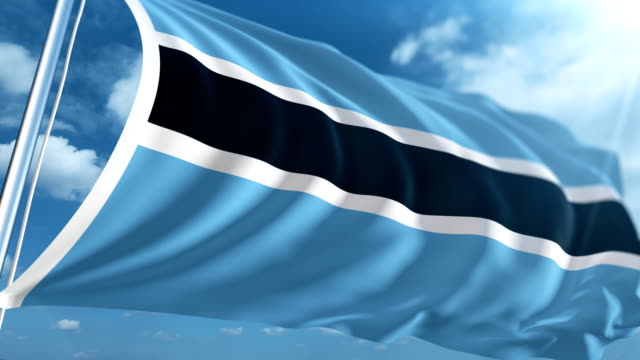
The return to Zimbabwe from Livingstone, Zambia, always takes place by retracing the bridge over the Zambezi River. But from the Victoria Falls area, as mentioned, you can often cross over. So let’s not miss the opportunity to cross another border, this time the one with Botswana (and even here, at customs, time slows down …); the destination is the wonderful Chobe natural park, a vast area full of animals and an area particularly rich in elephants, which are the masters here. Here is true Africa, here is the red and dusty earth on which a very large number of animals cross, of all sizes and all species. A paradise for naturalists.
Just as green, very green, this strip of land appears which belongs to Namibia, which in the west is mainly desert; but here, in this magical conjunction with the fourth power, it gives unspeakable green corners. We enter this fourth nation within a few kilometers, to understand that borders are sometimes a purely administrative fact. Here, in this area around that wonder represented by the Victoria Falls, peoples of ancient tribes have reached a balance of coexistence that can only make us reflect. And their serenity, together with the wonderful spectacle of nature, certainly contributes to reinforcing the myth of the “sickness of Africa” which means that, once seen, Africa remains forever in the hearts of travelers.
This article has been published in Italian on “Il quotidiano del sud“, 03/08/2020
Translation made by the author
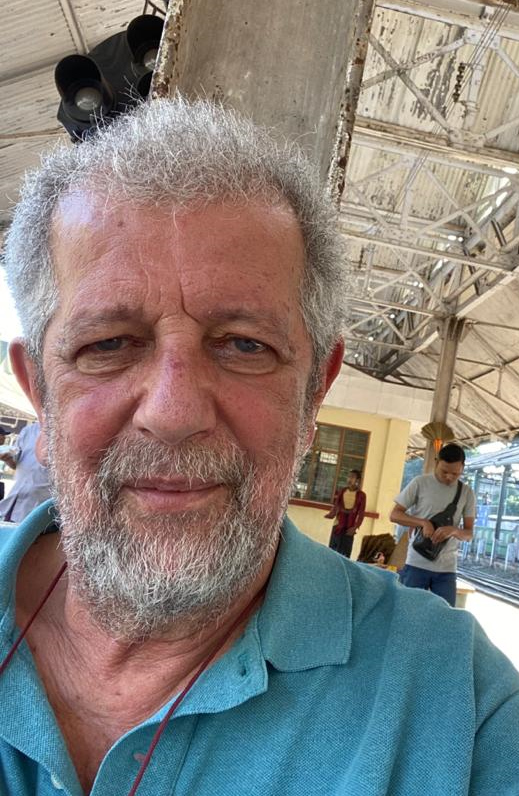
Cleto Corposanto, Italian, is professor of the University “Magna Graecia” of Catanzaro, South Italy. He deals with issues related to the Method research and Health/disease. He has more than 200 publications between books and scientfic articles. Former national coordinator AIS – Health and Medicine, He founded and coordinates the Degree Course in Sociology of UMG of Catanzaro.

